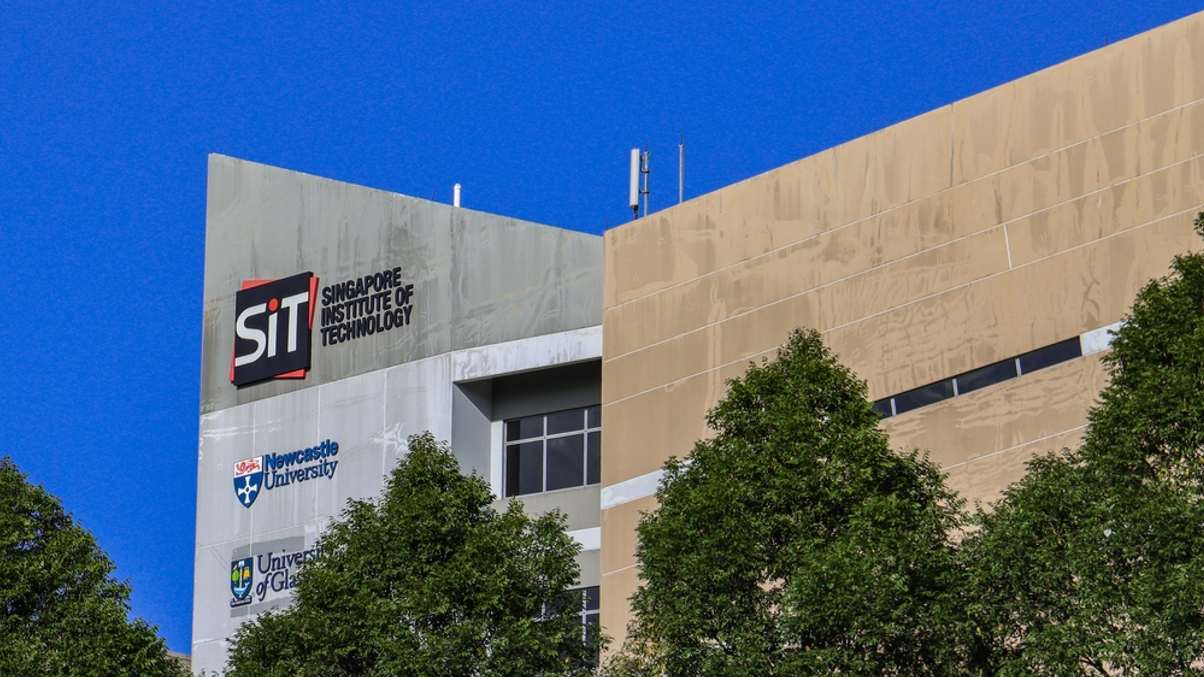How Singapore Institute of Technology built a modern endowment framework
The setup of Singapore Institute of Technology's endowment reveals how education, risk visualisation and stakeholder management have been crucial to building a healthy institutional portfolio.

When Singapore Institute of Technology (SIT) embarked on establishing its endowment a decade ago, the institution prioritised building strong foundations before receiving any capital, revealed its chief investment officer at AsianInvestor's 14th Southeast Asia Investment Forum in Bangkok on November 8.
Sign In to Your Account
Access Exclusive AsianInvestor Content!
Please sign in to your subscription to unlock full access to our premium AI resources.
Free Registration & 7-Day Trial
Register now to enjoy a 7-day free trial—no registration fees required. Click the link to get started.
Note: This free trial is a one-time offer.
¬ Haymarket Media Limited. All rights reserved.


